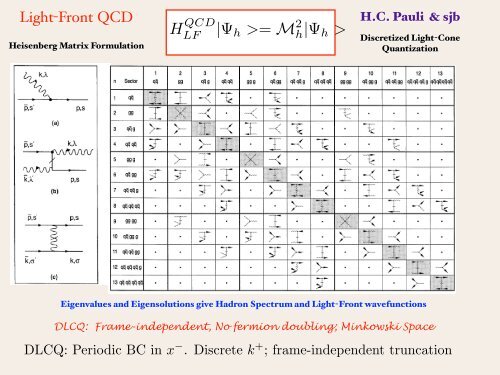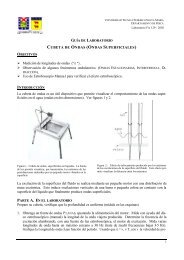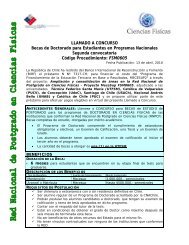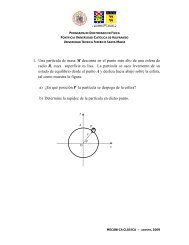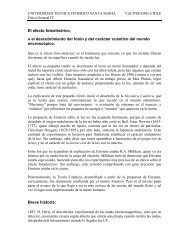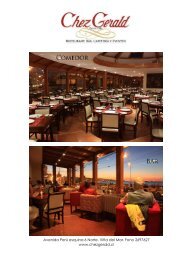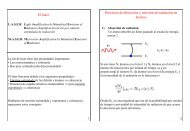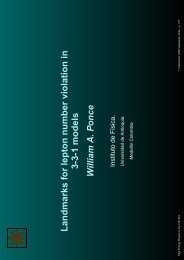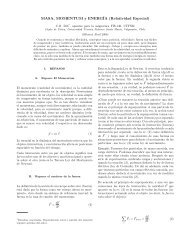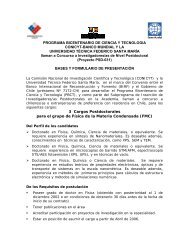Light-Front Holography and Novel Collider Physics
Light-Front Holography and Novel Collider Physics
Light-Front Holography and Novel Collider Physics
You also want an ePaper? Increase the reach of your titles
YUMPU automatically turns print PDFs into web optimized ePapers that Google loves.
More generally, consider a meson in SU(N). The kernel of the integral equation (3.14) is<strong>Light</strong>-<strong>Front</strong> illustrated QCDin Fig. 2 in terms of the block matrix nS.J. Brodsky et LC al. / <strong>Physics</strong> h =Reports 2 : x , k , λ Hn : x, h 301 H.C. k , λ . Pauli The structure & sjbof thismatrix depends of course H QCD on the way one has arranged the Fock space, see Eq. (3.7). Note that most(1998) h h>of the block matrix elements LF |Ψ h >= M 2vanish due to the natureh|Ψof the h >light-cone 299—486 Discretized interaction <strong>Light</strong>-Cone as defined inHeisenberg Matrix FormulationQuantizationEigenvalues <strong>and</strong> Eigensolutions give Hadron Spectrum <strong>and</strong> <strong>Light</strong>-<strong>Front</strong> wavefunctionsFig. 2. The Hamiltonian matrix for a SU(N)-meson. The matrix elements are represented by energy diagrams. Withineach block they are all of the same type: either vertex, fork or seagull diagrams. Zero matrices are denoted by a dot ( ) ).The single gluon is absent since it cannot be color neutral.Fig. 6. A few selected matrix elements of the QCD front form Hamiltonian H"P in LB-convention.DLCQ: Frame-independent, No fermion doubling; Minkowski Spaceor the DLCQ: instantaneous Periodic BC fermion in xlines − . Discrete use the factor k + ; frame-independent ¼ Fig. 5 or Fig. truncation 6, or the correspoables in Section 4. For the instantaneous boson lines use the factor ¼ .


